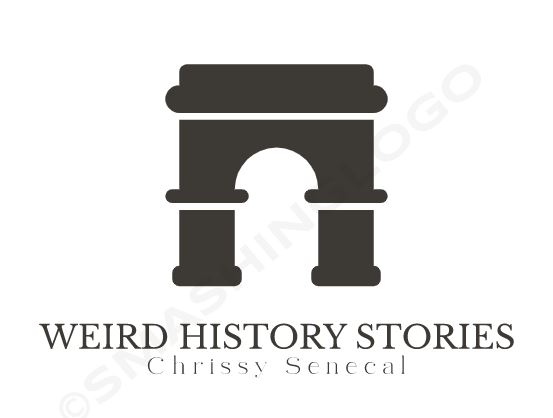Chamberlain-Kahn Act of 1918
This is a photo from 1943 of a detention hospital for infected women in Leesville, Louisiana. And I’m about to deliver a really sad story about the U.S. government’s treatment of women during the 20th century. This is about a series of laws that came to be known as “The American Plan,” and they resulted […]
Chamberlain-Kahn Act of 1918 Read More »




















